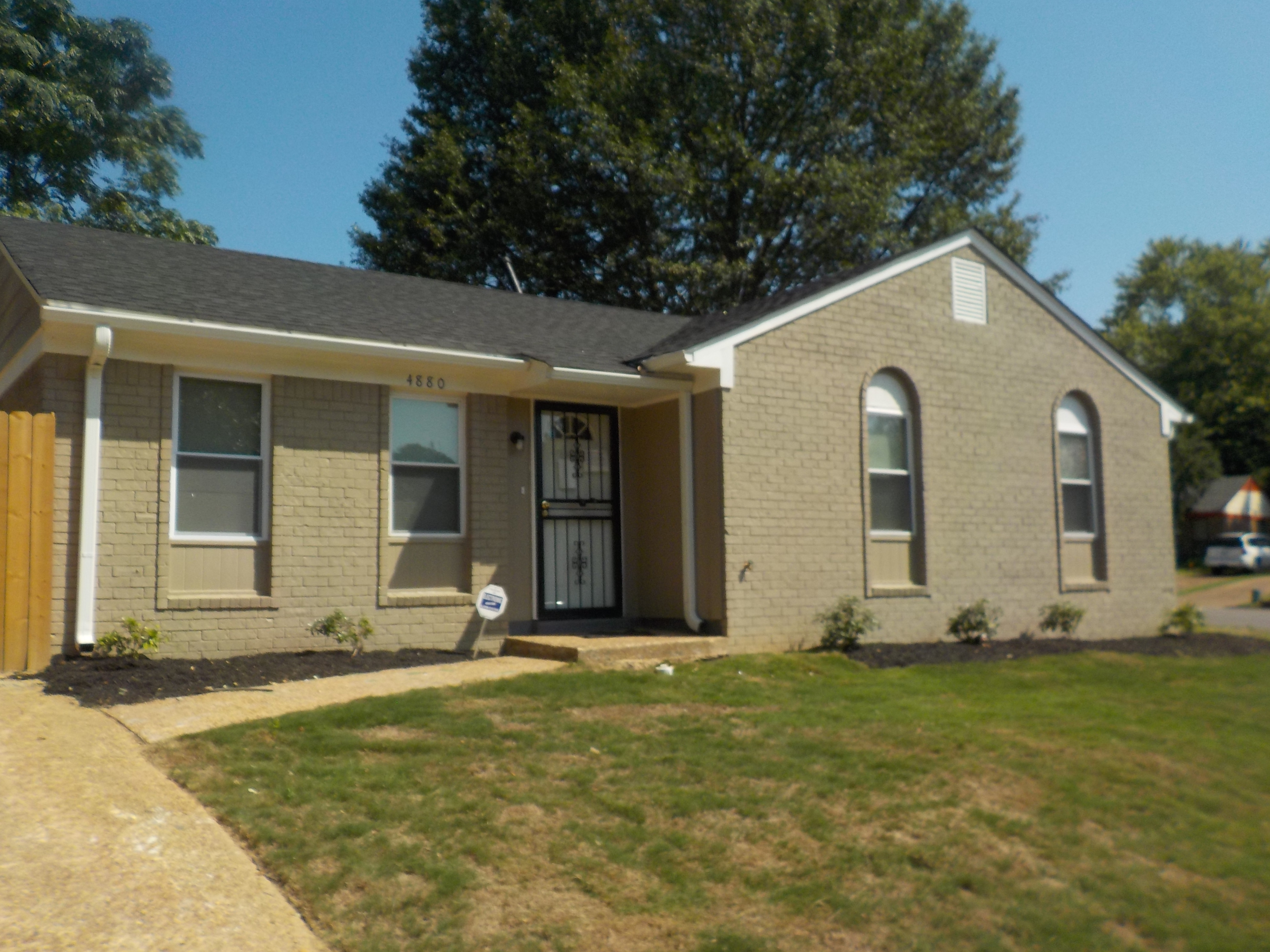 Investing in real estate offers a wide variety of benefits for the investor. While we tend to think of cash flow as the primary advantage of owning rental properties, it’s far from the only or the greatest advantage. We would argue that it is the combination of various benefits — including tax breaks, appreciation, cash flow, hedging against inflation, and more — that make real estate a truly worthwhile investment.
Investing in real estate offers a wide variety of benefits for the investor. While we tend to think of cash flow as the primary advantage of owning rental properties, it’s far from the only or the greatest advantage. We would argue that it is the combination of various benefits — including tax breaks, appreciation, cash flow, hedging against inflation, and more — that make real estate a truly worthwhile investment.
Today, we want to talk about appreciation. Appreciation is a simple concept that can also trip up investors of all experience levels. If you want to truly understand appreciation and how it influences your investment decisions and outcomes, keep reading!
What is Property Appreciation (And How Can I Calculate It)?
We all know what appreciation is, but let’s spell it out for the sake of being thorough. Real estate appreciation is how a property grows in value over time. This happens naturally for much of the real estate market — it’s why, for so long, one’s personal residence was considered a great investment. Appreciation can also be forced through strategic renovations. This is most commonly seen in house flips, but it also happens in renovated buy-and-hold properties, too.
Before you can speculate your calculations for property appreciation, you have to know what the fair market value is for your property. Comparative analysis and evaluations are necessary to determine the appropriate dollar value for your property.
Then, you take this simple equation:
( 1 + Annual Rate ) ^ Number of Years = Future Growth
We’ll use one of our markets as an example. Houston has seen an average annual appreciation rate of 4.01 percent over the past decade.
( 1 + .0401 ) ^ 5 years = 1.217
Say then that your Houston property has a fair market value of $220,000.
Future Value = ( Future Growth ) x ( Current Fair Market Value )
1.217 x 220,000 = $267,740
In five years, it is reasonable to expect that this hypothetical Houston property would grow from a fair market value of $220,000 to a value of $267,740.
Now, the annual rate can fluctuate (that’s why we used a ten-year average). For the real estate investor, these calculations aren’t necessarily indicative of future value. Not only do they not include renovations and repairs, but that annual rate can change. However, it is a good tool for an idea of where your property may be headed in terms of appreciation.
The natural conclusion, then, is that real estate investors should look for high-appreciation markets to maximize their wealth. It makes sense on paper, but there are significant risks in targeting these high-appreciation markets.
High-Appreciation Pitfalls
In 2008, the Great Recession hit. The hottest, highest-appreciating real estate markets of the time? They crashed. They crashed hard. Because prices were over-inflated, many homeowners found themselves suddenly underwater on their mortgages. Foreclosures were rampant. To say it was stressful is an understatement. Home values plummeted and appreciation was all but a dream.
While real estate investors may be tempted to seek out these high-appreciation markets, they come with their own pitfalls. These markets are highly cyclical. Now, every market answers to the real estate cycle. The impact that cycle has, however, depends on how extreme the changes are.
Let’s be honest: as a buy-and-hold investor, you probably don’t want to worry about the stress brought on in a rollercoaster-style market cycle. Though the market will inevitably recover, you may find yourself struggling in the interim.
The More Stable Alternative
When some people look at REI Nation’s markets, they may be tempted to ask, “well, what’s so special about that?” After all, when they think of investing hotspots, they think of primary markets, big cities. They don’t think of Memphis or St. Louis or San Antonio.
And that’s the key. For buy-and-hold real estate investors, you’ll find more stability — and far less heartache — when you invest in more even-tempered, steadily appreciating markets. After all, you’re in this thing for the long haul. Quick appreciation won’t mean much if it bottoms out in five years. Instead, set your sights on reliable markets. They may not wow or be considered “hot,” but they offer much-needed stability and growth to a buy-and-hold portfolio.
Invest in our growing selection of world-class investment markets!












